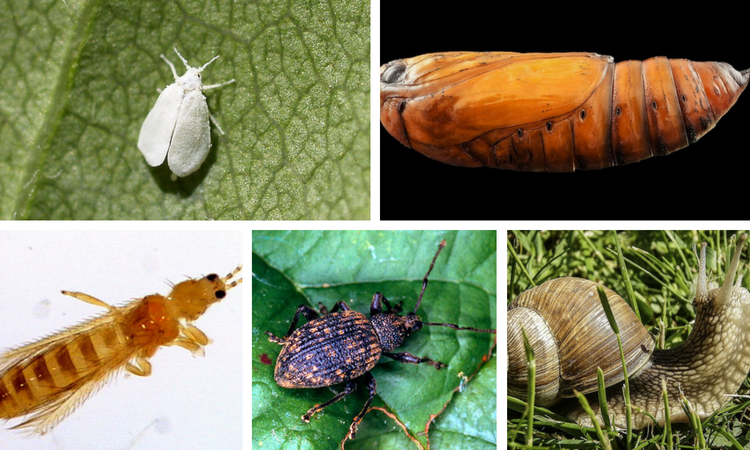
[adinserter block=”1″]
According to the Organic Consumers Association, a full 63 percent of adults polled stated that buying organic food is very important to them. However, these same folks cited a lack of access to high quality, varied organic produce as a barrier.
This likely also explains the increased popularity of home-grown organic produce. No longer is cultivating a backyard garden just a fun project to teach bored kids home for summer break about natural life cycles.
Today it is a means to break free from GMO-laden commercial produce and eat healthy, pesticide free food. Of course, that all changes when the garden pests come calling.
In order to eat your organic produce, you first have to outwit them, which is what this article is all about!
[adinserter block=”4″]

Pest 1: Aphids and whiteflies.
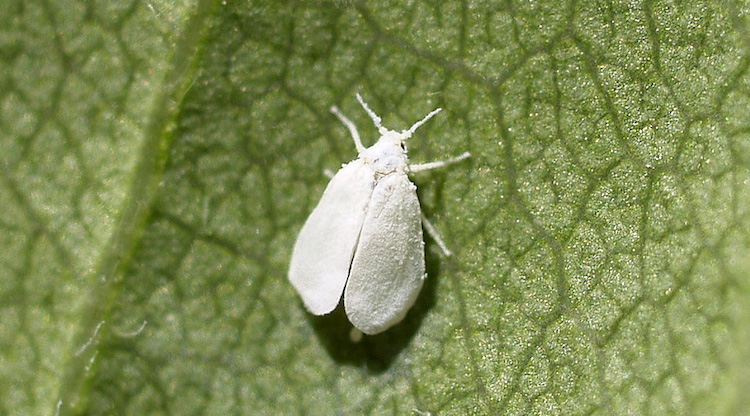
Aphids and whiteflies are sometimes called “honeydew pests” because they make a substance by the same name that turns plant leaves and stalks sticky.
How to send them packing: If you like ladybugs, you are in luck here. Ladybugs are the natural predators to both aphids and whiteflies and they only eat meat, so your plants will be safe. Just set ’em loose and your job is done. If you prefer, you can make the simple and organic pest spray outlined in this video and spritz it on the plants.
Pest 2: Snails and slugs.
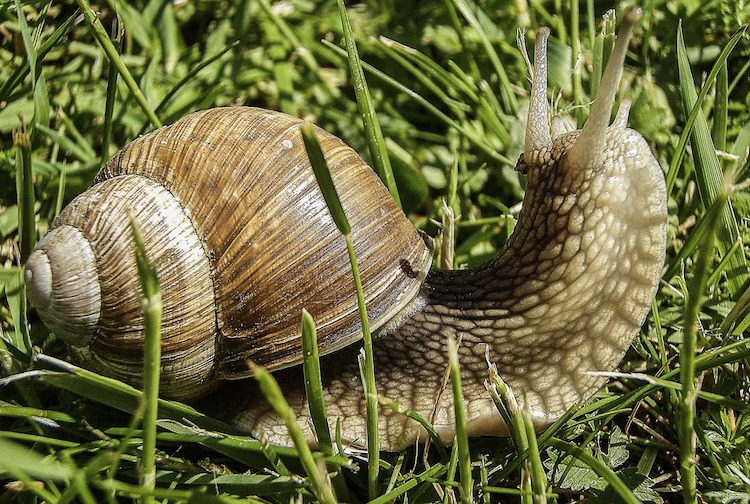
Snails and slugs are not very good at covering their tracks. Not only are they large enough to see easily, but they leave behind large holes in the middle and at the edges of the leaves they snack on.
How to send them packing: All you need to entice them away (to their doom) is a glass jar with an open top and one-quarter cup of cornmeal inside. At night, sneak out and place it near the infested crop. In the morning, clear away the deceased and repeat again the following night.
Pest 3: Spider mites.
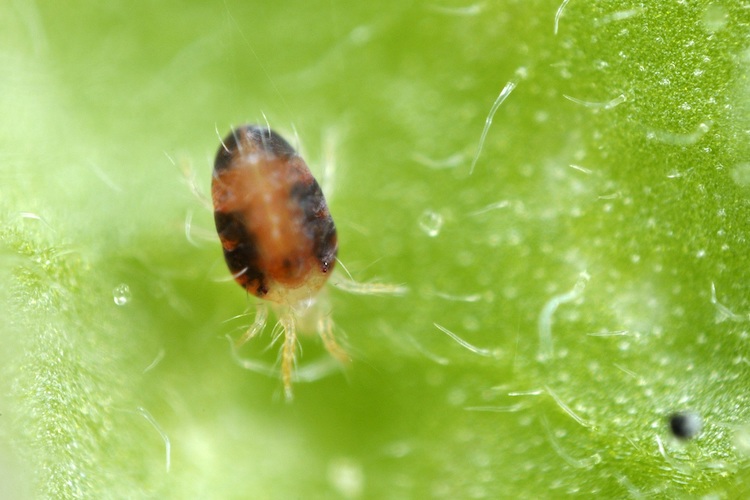
Spider mites are an equal opportunity garden pest. Anywhere there are tender green leaves, they are likely to appear to suck out the tasty sap.
How to send them packing: The solution is simple here: mix one part plain water with one-half part plain rubbing alcohol. Pour into a spray bottle and set the dial to fine mist. Spritz over any plants with curled-up, yellow leaves.
Related: 15 Epic Hacks For The Most Successful Vegetable Garden Ever
Pest 4: Scale bugs.
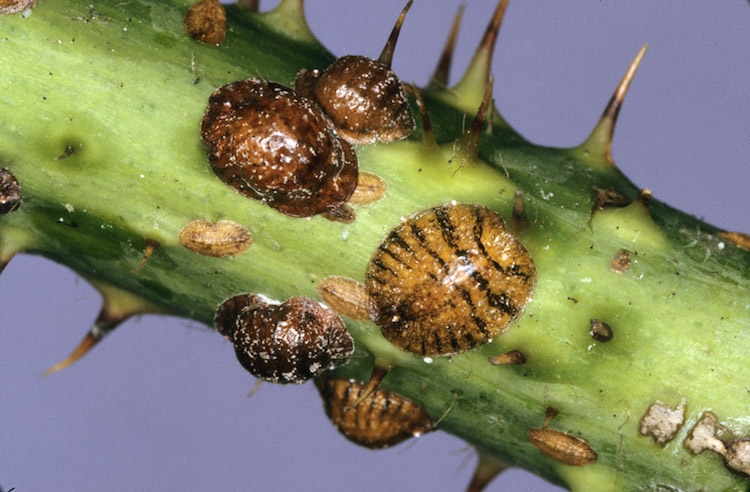
The scale bug comes with its own handy disguise. It appears to be a tiny leaf rash – rusty colored and bumpy. But this is really the scale bug in action, eating and eating and eating away on your plants.
How to send them packing: Here, use just the rubbing alcohol from Pest 3 here. Dip a sponge into a dish of rubbing alcohol and gently sponge the plants in areas where you see the bumpy rash. For larger areas of rash, cut away the diseased foliage to prevent the spread.
[adinserter block=”2″]
Pest 5: Tomato hornworms.
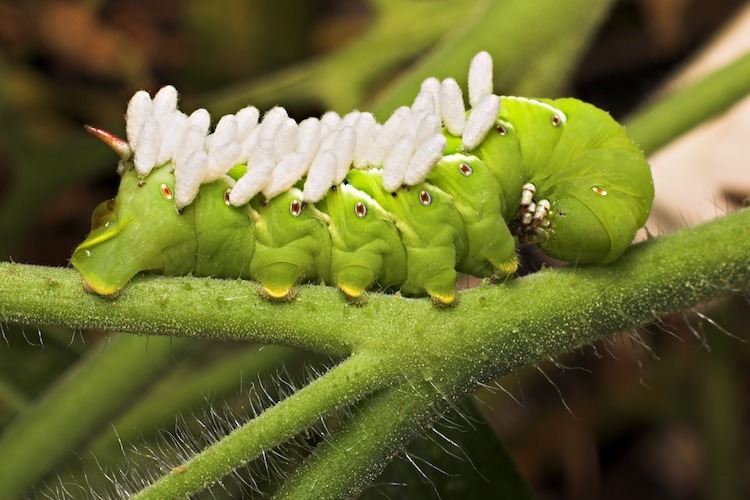
As their name implies, tomato hornworms are suckers for a juicy tomato (although what they like even more is the tender green leaves). They also happen to enjoy potatoes, peppers and eggplant.
How to send them packing: Fill a bucket with water and add some castile soap (Dr. Bronner’s is great). Then put on some gloves and start picking them off the plants and popping them into the bucket.
Pest 6: Flea beetles.
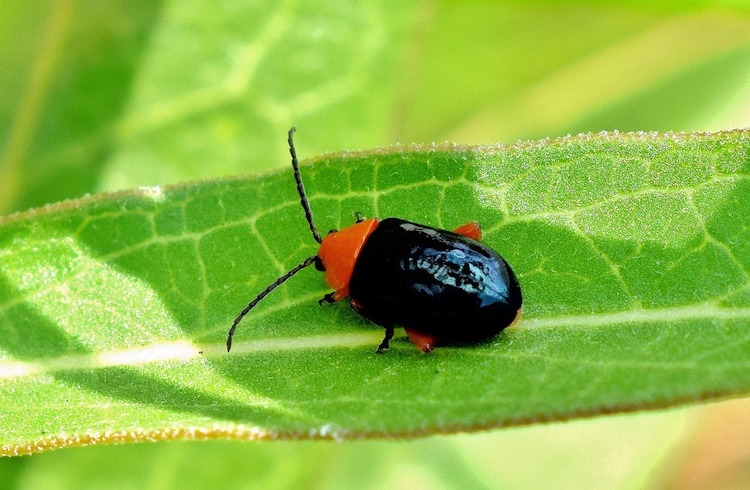
Flea beetles are pretty equal-opportunity feeders when it comes to an unprotected garden. Cabbage, beans, potatoes, tomatoes, lettuces, peppers, you name it – they’ll eat it.
How to send them packing: If your produce looks like someone aimed a b-b gun at it and fired, suspect flea beetles. Luckily, they hate garlic, so garlic-pepper spray works great here! The spray recipe includes four garlic gloves, four cayenne peppers, 2 TBSP. vegetable oil, 1 TBSP. Castile soap, and three cups water. Blend all ingredients together and leave them in the blender or a bowl for 24 hours. The next day, strain out the liquid.
Use only 2 or 3 TBSP. at a time in a spray bottles and spritz directly onto affected plants.
Pest 7: Cabbage maggots.
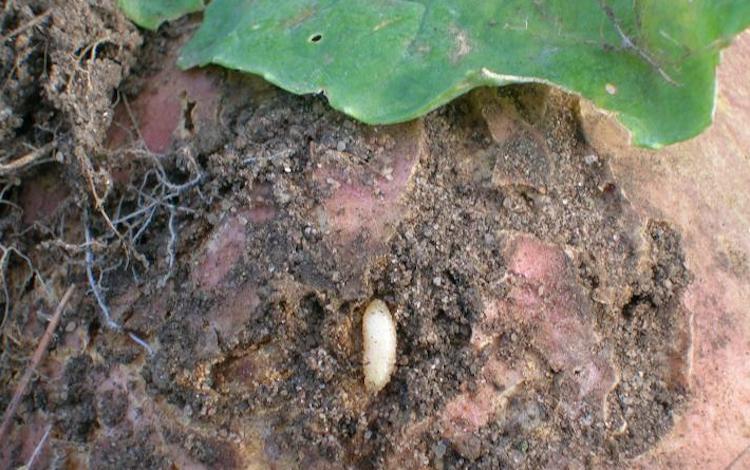
Cabbage maggots crave, well, cabbage. They will burrow right into the stalks and eat the plants from the inside out. While they enjoy Chinese cabbage the most, any plant in the cabbage family will do in a pinch.
How to send them packing: Using wood ash from your fireplace as mulch or sprinkling red pepper dust around the root stalks is a natural deterrent. Beneficial nematodes can also help keep them under control. You can also put up plant collars (see Pest 8 here) or even dig up the plants and hold the roots under cold water (this drowns the maggots) before you replant them.
Pest 8: Cutworms.
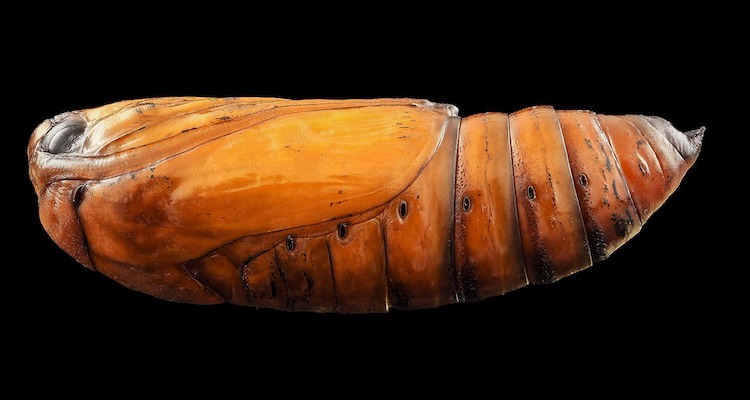
Cutworms are not very picky eaters. They like flowers and most vegetables – the fresher, the better. And they like to strike early in the growing season (so think early spring or early fall).
How to send them packing: Picking off the worms at night is one way to cut down their numbers. You can also cut out plant barriers from old milk cartons or cups and be sure they sink into the ground at least two inches and extend three inches upwards. Releasing predatory nematodes into the soil is another option for organic control.
Related: 11 Natural Ways to Kill Your Unwanted Garden Weeds Immediately
Pest 9: Potato beetles.
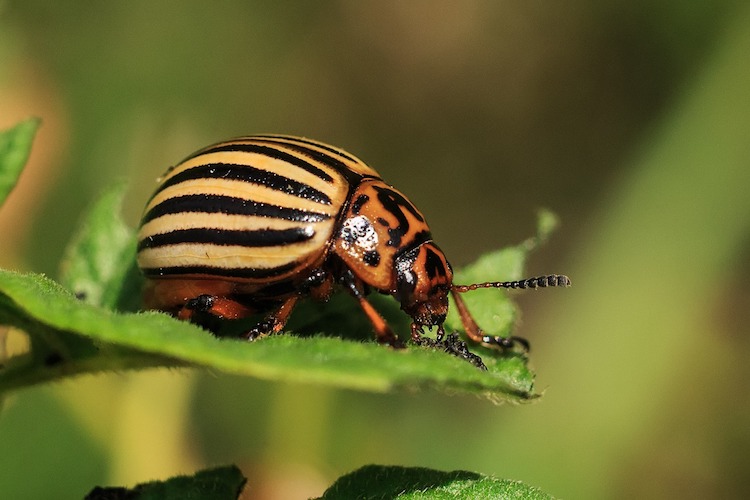
For the potato beetle, its name is a dead giveaway. You can find them hanging around the potato area of your organic garden, as well as near the tomatoes and eggplant. They will eat leaves and stalks right down to the ground if permitted to do so.
How to send them packing: A spray containing neem oil is a great way to tell these pests that it’s hands off your delicious crops. It is easy to make neem oil spray. Just use 1 tsp. cold pressed neem oil plus one-third tsp. castile soap plus one quart water. Mix then pour into a spray bottle. Shake well and spritz on tops and undersides of leaves and stalks.
Pest 10: Codling moths.
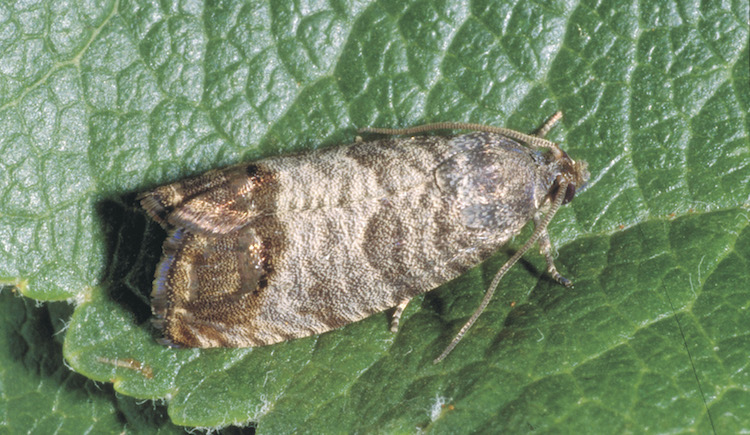
If you plan to plant apple trees, you can expect a visit from codling moths. They also like pears and other fruit trees. They can quickly become invasive, so you want to keep a close eye out for them around your maturing fruit.
How to send them packing: Release Trichogramma micro wasps and beneficial nematodes around your fruit trees. They will quickly go to work on the eggs, larvae and developing moths.
Pest 11: Thrips.

This small black pest is nicknamed the “thunder fly” for a reason. It may not look like much, but the large white patchy rash it leaves behind on onions, leeks, peas and other crops sure does give its presence away.
How to send them packing: You can use several methods to send these pests on their way depending on how severe the infestation is. First, spray the affected plants with a powerful hose. Next, release some ladybugs to feast on them. Finally, spray the affected plants with neem oil spray (see Pest 9 here).
Pest 12: Vine weevils.
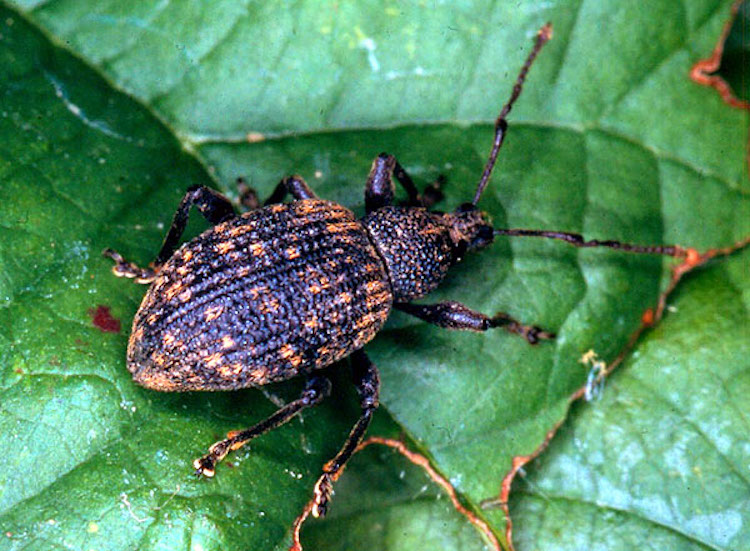
If you’re not already convinced that organic produce is worth the effort of growing, this long list of pests eager to turn your garden into a salad bar should take care of that! But it can also be a daunting list to read, and you shouldn’t expect to be able to ward them all off all at once.
Get Rid of All Those Nasty Garden Pests Today!
Rather, pick your battles so you can learn in stages. For instance, if you decide to plant potatoes and tomatoes, this list will tell you which pests are most likely to appear.
So you can have the supplies outlined here on hand to dissuade them from dining. Then, once you’ve learned how to deal with those two pests, you can expand your crop list and add to more.
By approaching organic pest control this way, you control your work load per crop and greatly increase your chances of having lots of tasty organic fare for your family to eat!